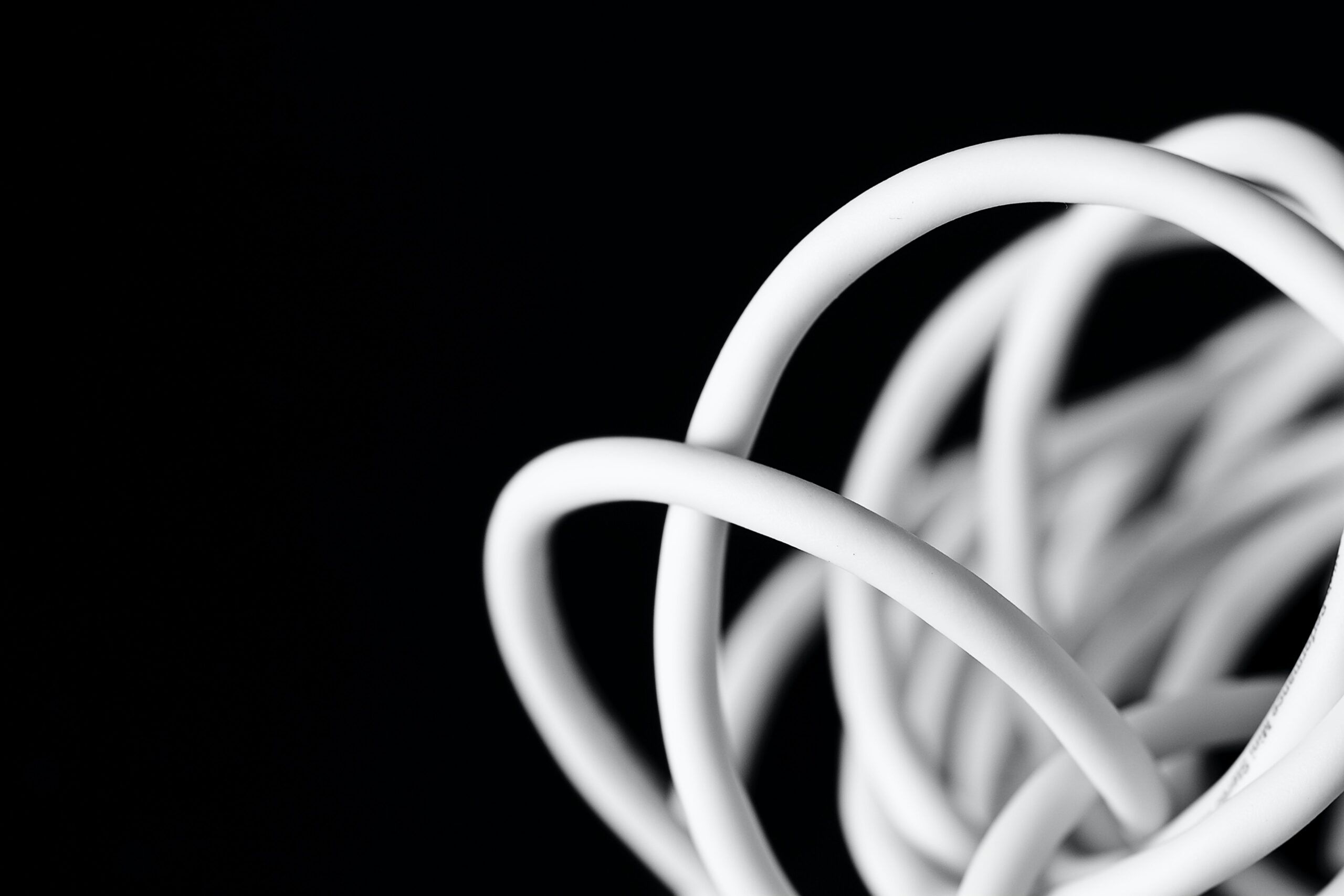In the realm of electronics the phrase “contact” is commonly employed to refer to a kind of sensor or switch. However what precisely does it signify? This article aims to delve into the concept of contacts, their attributes and their functionality. Additionally we will examine the contrast, between contacts and wet contacts while presenting an instances of how they are utilized.
Understanding Dry Contacts
A volt free contact, also known as a contact or potential free contact refers to a type of contact that isn’t directly linked to a power source. Unlike contacts, which draw power from the switch itself dry contacts need a power source in order to work. This characteristic makes them suitable, for applications where both isolation and protection for control circuits are crucial.
Dry contacts are commonly encountered in relay circuits. In these circuits the primary current controlled by the relay isn’t directly connected to the relays contacts. Instead the power is supplied by a circuit. This arrangement ensures isolation, between the current and the contacts ensuring safety and preventing any harm to the control circuit.
How Do Dry Contacts Work?
The functioning of a contact is quite straightforward. When the contacts are, in a position a current passes through them effectively completing the circuit. This enables the connected device or system to receive power or be controlled. Conversely when the contacts are open no current flows through them causing a break in the circuit and deactivating the connected device or system.
The main purpose of a dry contact sensor is to determine the status of a circuit or device. It can be employed for monitoring purposes such as detecting fire alarms or burglar alarms as, for controlling various systems. For instance in an environment dry contacts can be utilized to monitor machinery or equipment status and trigger an alert or shutdown if any abnormal conditions arise.
Dry Contact vs Wet Contact
To gain an understanding of dry contacts it’s crucial to distinguish them from wet contacts. Wet contacts as their name implies are powered directly by the switch itself. Unlike contacts they don’t need a power source to function. Instead the power is automatically provided to the contacts when the switch has power.
The main contrast, between dry contacts and wet contacts lies in their power supply. Dry contacts rely on a power source whereas wet contacts are self-powered. This distinction has implications for how they’re wired and their functionality. Dry contacts offer isolation and a wider range of output voltage options making them suitable for applications that require output voltages. On the hand wet contacts are simpler to wire. Ensure consistent voltage levels, which can be advantageous, in specific applications.
Dry Contact Relay
Relays are an application, for contacts. These electromechanical devices use a field to control the flow of current in a circuit. A relay consists of three components; a coil, an armature and a set of contacts. When the coil is energized it generates a field that attracts the armature causing the contacts to close and allow current to flow through the circuit. On the hand when the coil is de energized the contacts. Interrupt the circuit.
In contact relays these contacts are volt free or potential free which means they are isolated from any power source. The relay itself doesn’t supply power to these contacts; instead it relies on a power source for that purpose. This setup offers flexibility in terms of voltage and power requirements, for connecting devices or systems.
Dry and Wet Contact Examples
Contacts, both dry and wet have applications, in industries and systems. Now lets delve into an examples of each type of contact.
Dry Contact Examples
- Alarm Systems: Dry contacts are frequently utilized in security systems to monitor the condition of sensors like fire alarms or burglar alarms. These dry contacts identify when the sensor is activated and initiate an alarm or notification.
- Industrial Machinery: In environments dry contacts are commonly employed to oversee the condition of machinery and equipment. To illustrate a dry contact can be installed on a float switch, within a tank to sense the level of liquid and trigger a pump when it reaches a limit.
- HVAC Systems: Dry contacts are also utilized in heating, ventilation and air conditioning (HVAC) systems. They serve the purpose of identifying the condition of temperature sensors or pressure switches and regulating the functioning of the HVAC system accordingly.
Wet Contact Examples
- Proximity Sensors: Proximity sensors make use of moist contacts to determine whether an object is nearby or not. When an object is detected the moist contacts come into contact enabling the flow of current and indicating the presence of the object.
- Reed Relays: Reed relays are an illustration of devices that make use of contacts submerged in liquid. These relays comprise a reed switch, which’s essentially a pair of responsive contacts enclosed within a glass casing. When subjected to a field the reed switch comes together forming a pathway.
- Touch Screen Devices: Touchscreen devices, like smartphones or tablets utilize the moisture on our fingers to sense touch. When we touch the screen with our finger it establishes a pathway which enables the touchscreen to recognize and record our input.
Conclusion
To put it simply a dry contact refers to a connection that doesn’t directly draw power from a source and relies on a power supply to function. Dry contacts offer versatility and isolation allowing for options, in terms of output voltage. They find use in relay circuits, alarm systems, industrial machinery and HVAC systems. On the hand wet contacts draw power from the switch and are easier to connect making them well suited for proximity sensors reed relays and touch screen devices. By understanding the distinctions between contacts and wet contacts you can select the type of contact, for your specific application.

